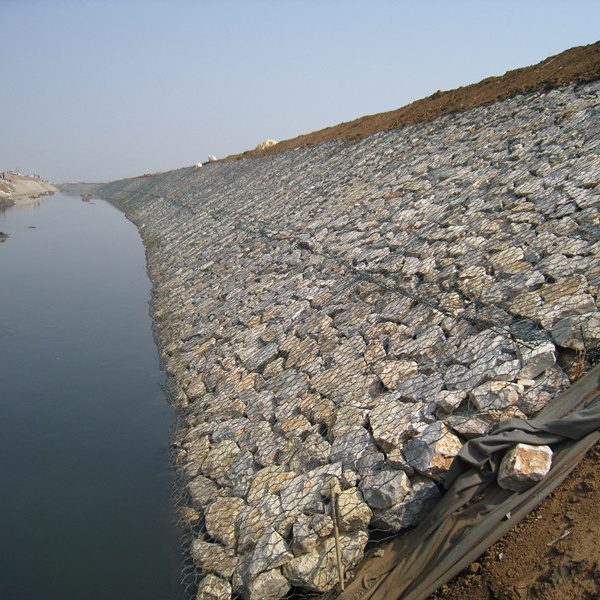aug . 17, 2024 02:04 Back to list
Innovative Gabion Facade Solutions for Sustainable Architectural Design
The Rise of Gabion Facades A Modern Solution for Sustainable Architecture
In recent years, the architectural world has seen a significant shift towards sustainable and eco-friendly building practices. Among various innovative solutions, gabion facades have emerged as a popular choice for both aesthetic appeal and functional benefits. As a gabion facade manufacturer, understanding the unique properties and advantages of this architectural element is crucial for effective design and implementation.
What Are Gabion Facades?
Gabion facades are structures made from wire mesh containers filled with stones, rocks, or other materials. These containers, known as gabions, are designed to create durable and visually striking facades for buildings. The term gabion originates from the Italian word gabbione, which means big cage, aptly describing the cages that hold the natural materials. Gabions have been used in civil engineering for decades, primarily for erosion control, but their application in architecture is relatively new and exciting.
Aesthetic Elements
One of the standout features of gabion facades is their versatility in design. The natural stones and materials within the gabions can be selected to achieve various textures, colors, and patterns, allowing architects and designers to create unique and visually interesting exteriors. Whether integrated into a modern urban landscape or a more traditional setting, gabion facades effortlessly blend with their environment, promoting a natural aesthetic that resonates with contemporary trends in architecture.
Sustainability and Environmental Benefits
gabion facade manufacturer

As a gabion facade manufacturer, sustainability is a core tenet of our design philosophy
. The use of local stone and natural materials not only enhances the building's connection to its surroundings but also reduces the carbon footprint associated with transporting materials over long distances. Gabion facades are often constructed using sustainable practices that align with green building standards.In addition to using eco-friendly materials, gabion facades can contribute to energy efficiency. The thermal mass properties of the filled stones help regulate indoor temperatures, reducing the need for extensive heating and cooling systems. This not only lowers energy costs for building occupants but also minimizes environmental impact over time.
Structural Advantages
Beyond aesthetics and sustainability, gabion facades also offer practical structural benefits. The interlocking nature of the stones within the wire mesh provides excellent stability and durability, making them resistant to harsh weather conditions. This resistance ensures that buildings maintain their integrity over time, reducing maintenance costs and extending the lifespan of the facade.
Moreover, gabion facades can also serve as noise barriers in urban settings, creating a quieter living and working environment. The mass of the stones effectively absorbs sound, contributing to the comfort of the building's occupants.
Conclusion
The evolution of gabion facades marks a significant advancement in the realm of sustainable architecture. As a gabion facade manufacturer, we are committed to providing high-quality, eco-friendly solutions that meet the aesthetic and structural needs of modern buildings. Whether you're an architect seeking innovative design options or a builder interested in sustainable practices, gabion facades offer a compelling choice for today's environmentally conscious market. By embracing this timeless yet contemporary material, we can create structures that not only stand the test of time but also harmonize with nature, fulfilling our responsibility toward a sustainable future in architecture.
-
Understanding Load-Bearing Capacity of Gabion Boxes
NewsJul.17,2025
-
The Importance of Corrosion-Resistant Wire in Gabion Construction
NewsJul.17,2025
-
How Gabion Boxes Prevent Soil Erosion Effectively
NewsJul.17,2025
-
Environmental Benefits of Gabion Cages
NewsJul.17,2025
-
Best Stone Types for Gabion Walls with Steps
NewsJul.17,2025
-
Benefits of Using Rock Gabion Baskets in Landscaping
NewsJul.17,2025
-
The Role of Galvanized Gabion Mesh in Riverbank Protection
NewsJun.26,2025






